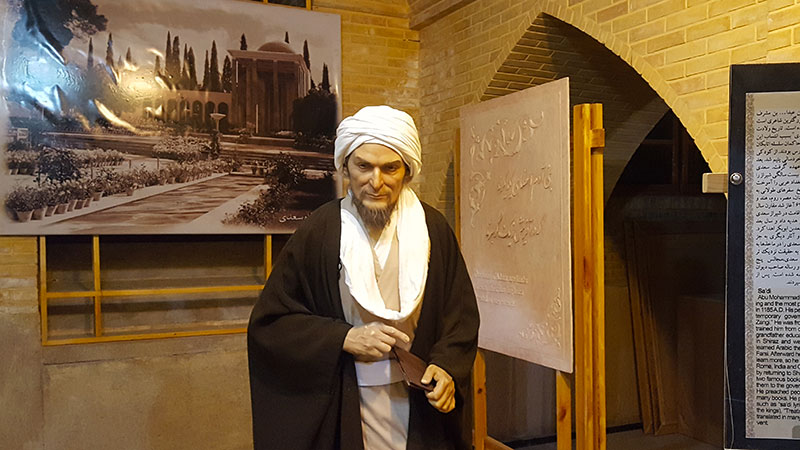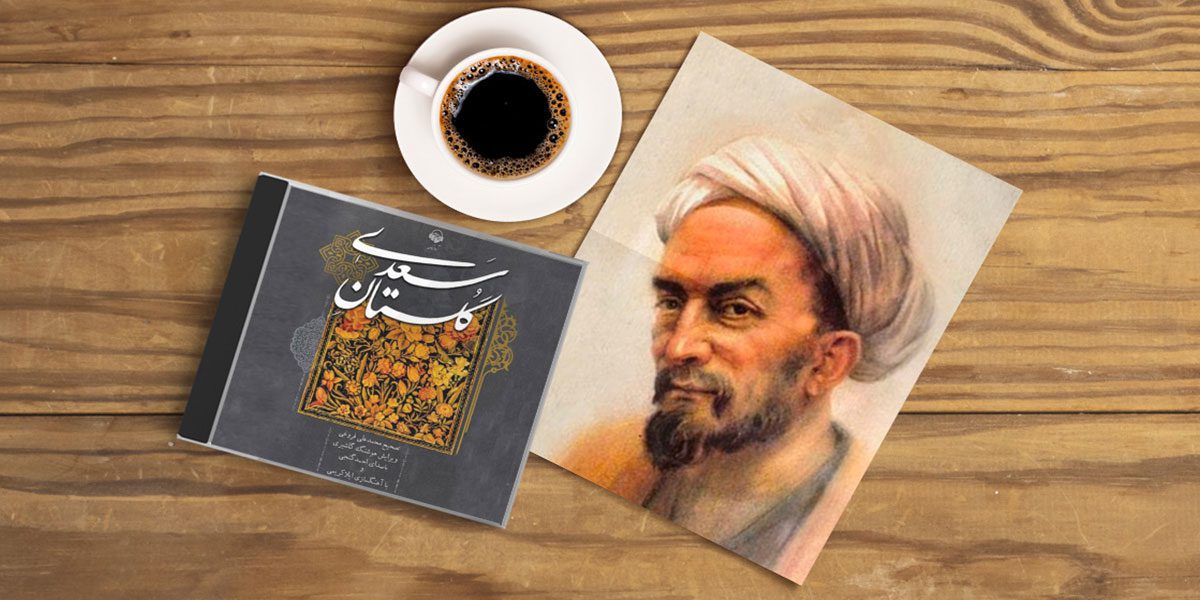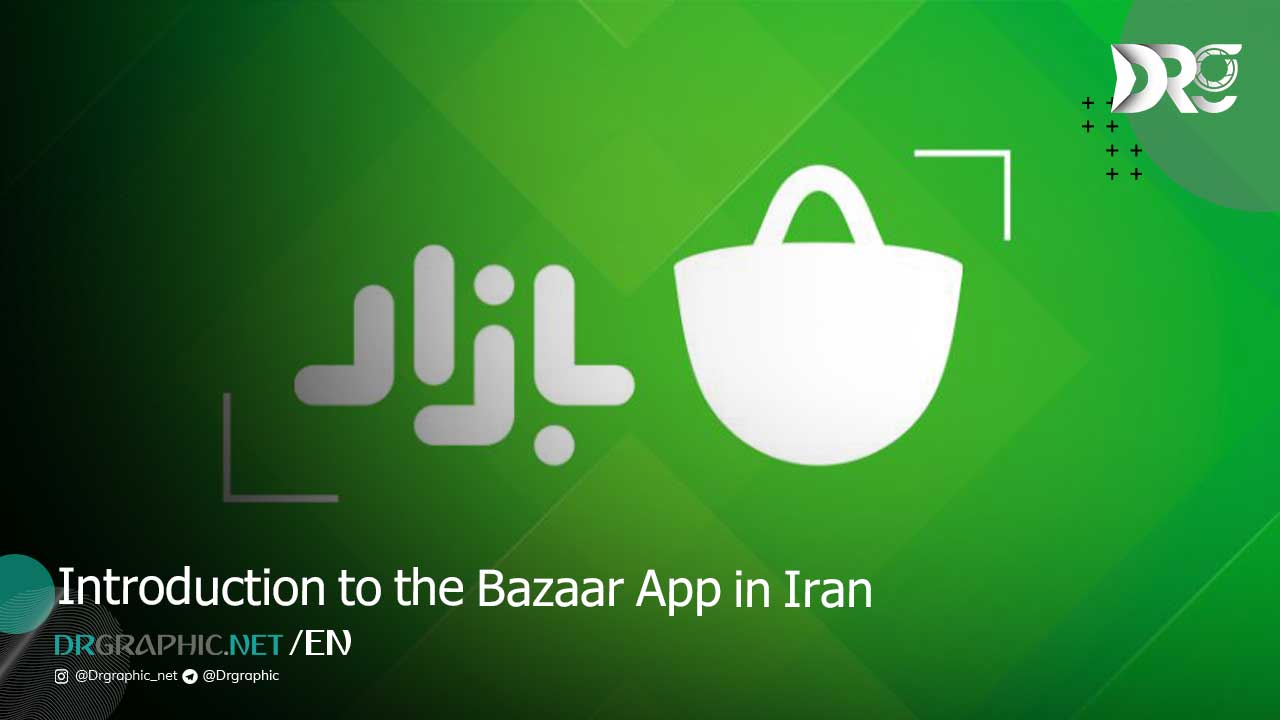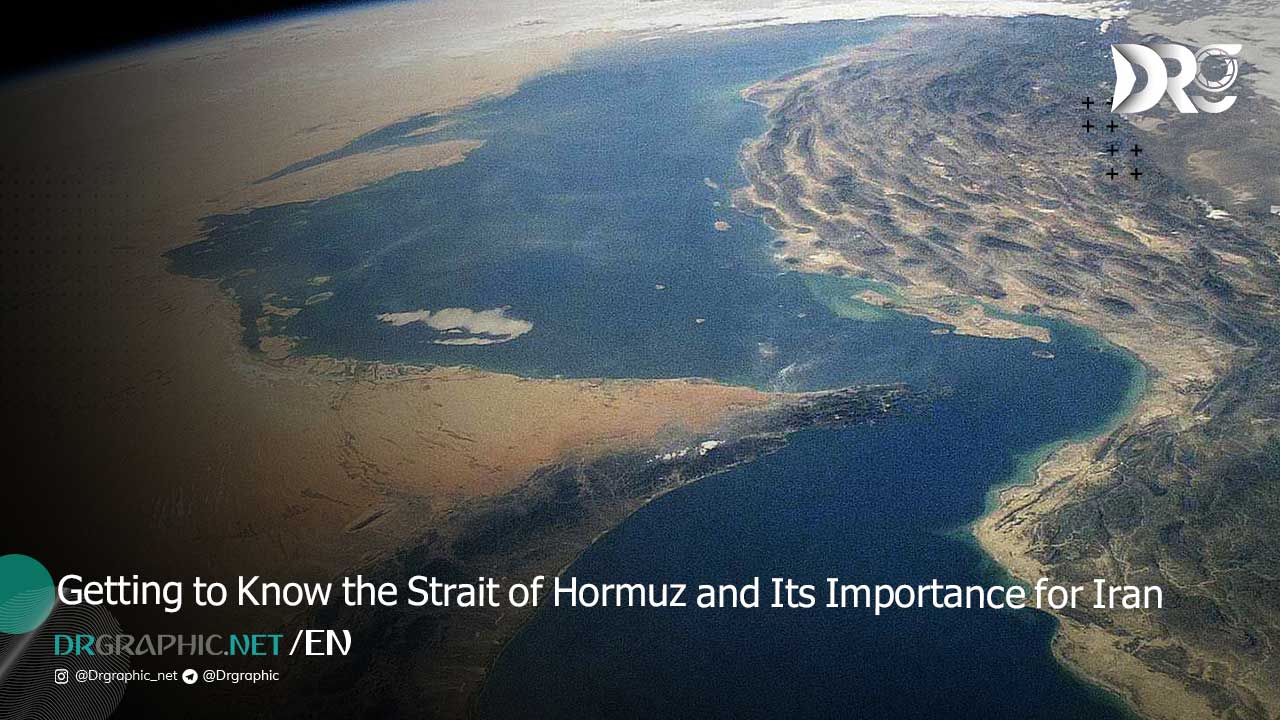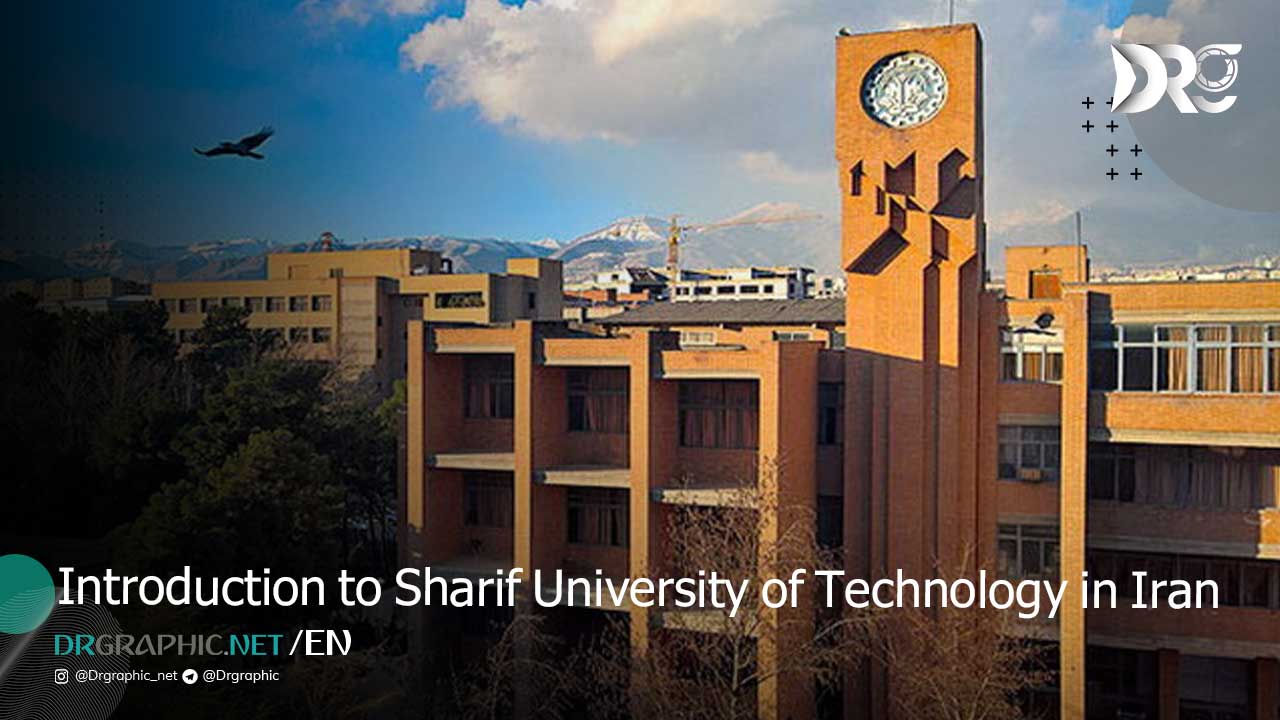Saadi Shirazi, one of the most celebrated poets of Persian literature, has left an everlasting impact on world literature with his wisdom, eloquence, and deep understanding of human nature. His works, Bustan and Gulistan, are among the most influential books in Persian poetry and prose, admired for their moral and philosophical depth. In this article, Dr.Graphic will explore Saadi’s life, literary contributions, and the timeless wisdom that makes his poetry relevant even today.
Who Was Saadi?
Early Life and Education
Born in Shiraz in the early 13th century (circa 1210 CE), Saadi lived during a turbulent period in Persian history, marked by the Mongol invasions. His real name was Abu-Muhammad Muslih al-Din bin Abdallah Shirazi, but he became widely known as “Saadi” after the Atabeg ruler Sa’d ibn Zangi, whom he admired.
Saadi’s early education took place in Shiraz, but he later traveled to Baghdad, where he studied at the Nizamiyya School—one of the most prestigious centers of learning in the Islamic world at the time. His studies in Islamic theology, law, and literature deeply influenced his later works.
Travels and Experiences
Saadi is often referred to as the “world traveler poet” because he spent decades journeying across the Middle East, North Africa, and Central Asia. He visited regions such as Anatolia, Syria, Egypt, Iraq, and possibly even India. These travels exposed him to various cultures, philosophies, and social conditions, which later enriched his literary works.
Saadi’s Major Works
1. Bustan (The Orchard)
Written entirely in verse, Bustan is a collection of ethical and moral anecdotes that reflect Saadi’s wisdom and observations on life. The book emphasizes virtues such as justice, generosity, humility, and love, and it remains a guiding light for those seeking moral and spiritual fulfillment.
2. Gulistan (The Rose Garden)
Considered Saadi’s masterpiece, Gulistan is a mix of poetry and prose, filled with engaging stories, parables, and moral lessons. The book covers themes such as politics, love, wisdom, and human interactions, making it one of the most quoted Persian literary works.
One of the most famous passages from Gulistan has been inscribed at the entrance of the United Nations building in New York, highlighting its universal humanist message:
“Human beings are members of a whole,
In creation of one essence and soul.
If one member is afflicted with pain,
Other members uneasy will remain.”
Death and burial place
A brief qasida to Majd-al-Din Rumi—who worked as an administrative officer in Shiraz under the Ilkhanate ruler Arghun (r. 1284–1291) between 1287 and 1289—is seemingly the last dateable poetry by Saadi. A few years later, Saadi died in Shiraz. 1291–1299 are the dates of death given by early sources. Nafisi came to the conclusion that Saadi died on 9 December 1292 after carefully examining the available data. Safa, drawing from the Tarikh-i guzida written in 1330 by Hamdallah Mustawfi—which is the earliest surviving reliable narrative—as well as other sources from the 14th century, concludes that Saadi died a year earlier, between 25 November and 22 December 1291. The benefit of this earlier date is that it helps explain why chronicles differ on the death date of Saadi. Because Saadi died in the last month of the year, commemorative chronicles may had honored the year of his death or the year after, at the end of the 40-day mourning period. Losensky therefore puts his death date as either 1291 or 1292.
The German cartographer and explorer Carsten Niebuhr visited the tomb of Saadi in 1765, writing that “This building is very dilapidated, and will likely collapse unless some rich Mohammedan takes pity on it and has it repaired.” A few years later, the Zand ruler Karim Khan Zand (r. 1751–1779) ordered renovations to the tomb; he had an iron railing created around the gravestone and a brick and plaster structure created over the grave.
Saadi’s Influence on Persian and World Literature
Saadi’s works have influenced not only Persian literature but also many Western writers and philosophers. His storytelling style, wisdom, and poetic brilliance have inspired figures such as Goethe, Emerson, and Thoreau. His themes of human dignity, ethics, and unity continue to be relevant in modern times.
Read more:
Conclusion
Saadi remains one of the greatest literary figures of Persian culture, his words echoing through centuries as a testament to wisdom and humanity. His works, Bustan and Gulistan, continue to be studied and admired worldwide, offering timeless lessons on morality, compassion, and the nature of human existence.
Resources: Wikipedia
How useful was this post?
Click on a star to rate it!
Average rating 5 / 5. Vote count: 2
No votes so far! Be the first to rate this post.


